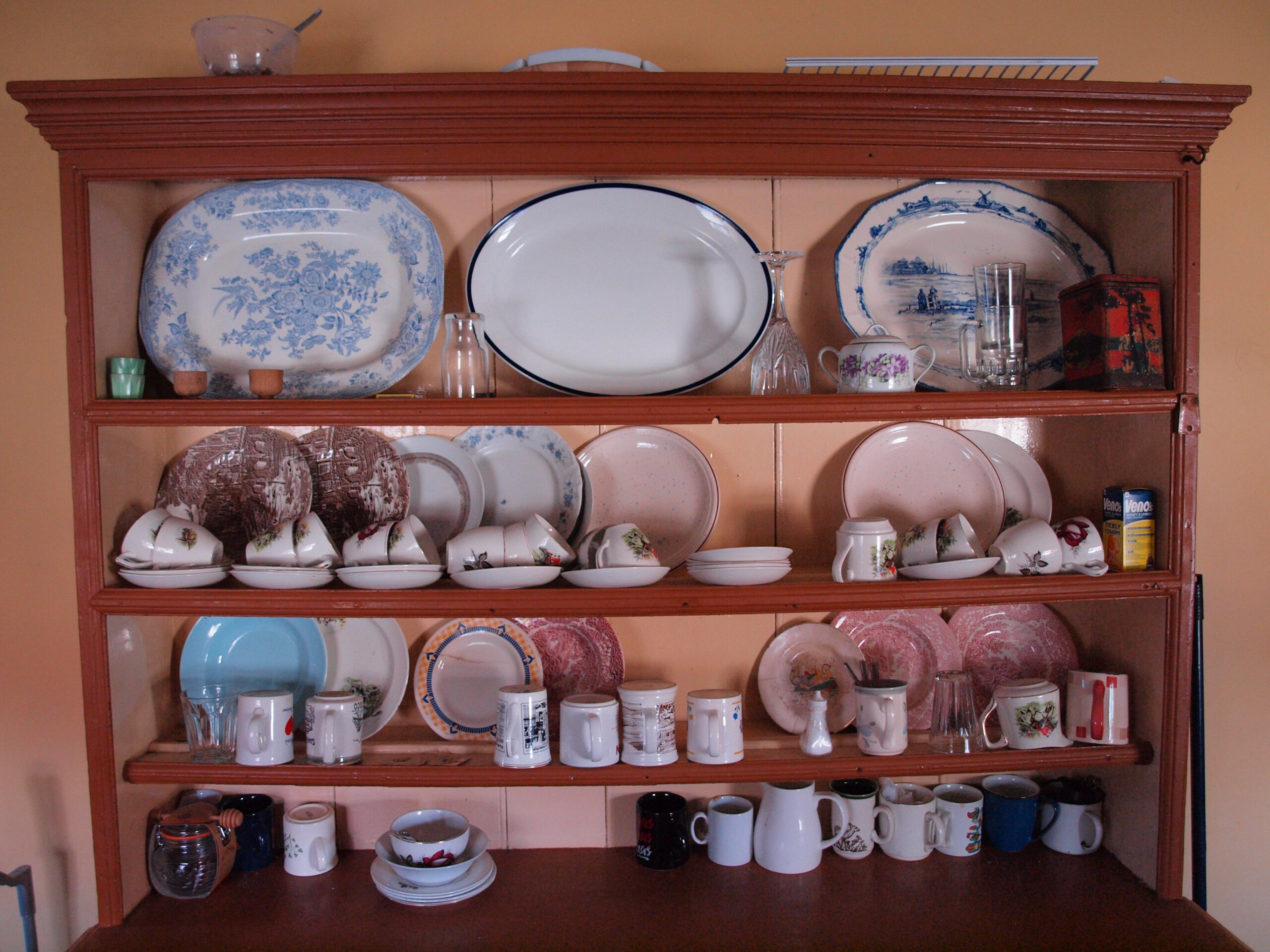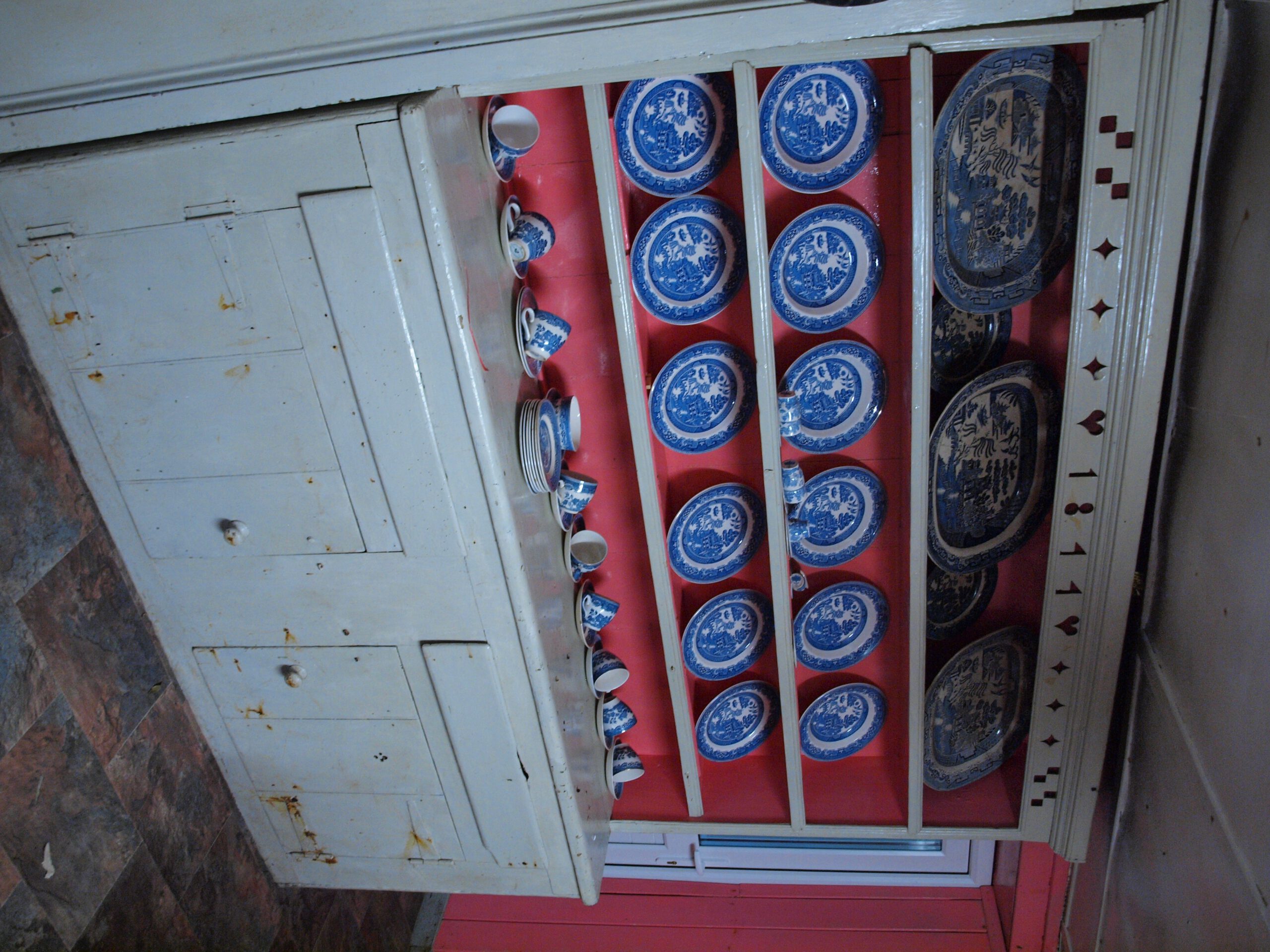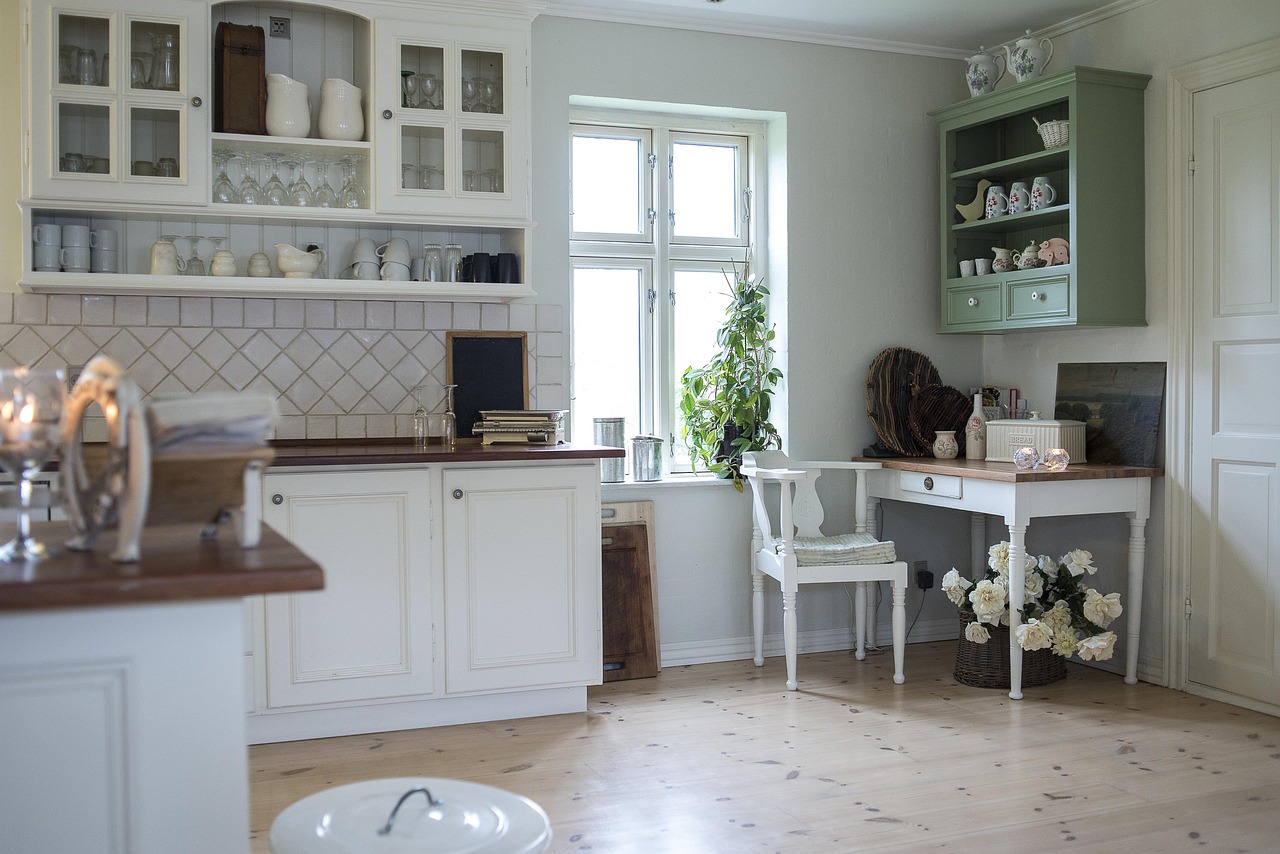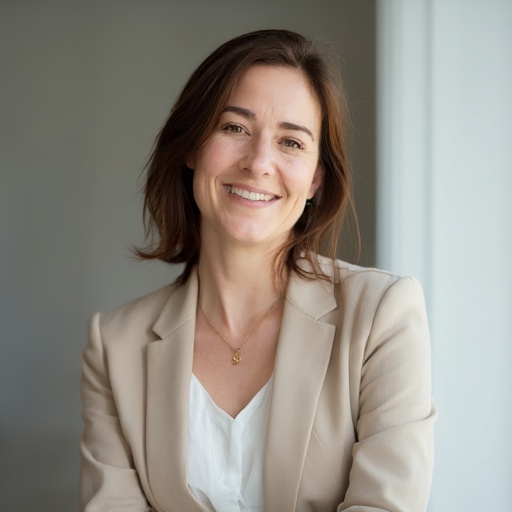Open Shelving Looks Perfect—But Is It Really?

Walk into nearly any glossy kitchen reveal and you’ll spot it: rows of open shelves, gleaming bowls, and artful stacks of plates. The look feels effortless, almost like you’re living in a magazine spread. But here’s what most people miss—those picture-perfect shelves demand constant, thoughtful curation. Behind every Instagram-worthy shot is someone who’s quietly dusting, editing, and rearranging. Open shelving can make a kitchen feel bigger and brighter, but it also puts every dish and crumb on display, for better or worse. You may start off inspired by the idea, only to discover that the reality is a daily styling commitment. It’s beautiful, yes—but it’s also a lifestyle shift. The truth is, open shelving isn’t just a design choice; it’s a way of life.
Clutter Is the Enemy of Calm and Value
A cluttered open shelf isn’t just a visual nuisance—it’s an energy zapper. Design psychology shows that chaotic, overstuffed shelves can trigger stress, making your kitchen feel less like a sanctuary and more like a to-do list you can never finish. In real estate, clutter is a dealbreaker. Stagers consistently warn that visible clutter shrinks perceived space and distracts buyers from a home’s true potential. In fact, a disorganized shelf can actually decrease a kitchen’s appeal and, by extension, its resale value. It’s not just about looks; it’s about how clutter makes both you and future buyers feel. Less is always more when it comes to open shelving—think curated, not crammed.
Dust and Grease Are Relentless Foes

Open shelving may look fresh, but it’s a magnet for dust and airborne grease. Unlike closed cabinets, your plates and glasses aren’t shielded from the realities of daily cooking. Studies show that kitchens accumulate fine particulates quickly, especially near the stove. This means you’ll find yourself wiping down shelves and washing displayed items far more often than you would with traditional cabinetry. The glossy look you fell in love with can disappear under a film of dust in just a few days. If you love the idea of open shelving but hate cleaning, be warned: this trend will test your patience and your Swiffer supply.
Storage Space Shrinks, Even in Big Kitchens
Open shelving forces you to edit your kitchen collection ruthlessly. Where do the mismatched mugs, plastic containers, and less-than-perfect pans go? For many, the answer is crammed into the nearest closet or hidden in a less glamorous cabinet. Unlike full cabinetry, open shelves limit both what you store and how much you can keep out of sight. In smaller kitchens, this can be a dealbreaker—every inch matters, and open shelves offer less flexibility. If you’re a passionate home cook with lots of gear, be prepared for tough choices. The trade-off for style is often a sacrifice in storage that impacts day-to-day life.
The Illusion of Easy Access Isn’t Always True

It sounds convenient: grab a plate or glass in one quick reach. But reality sets in when you realize that every item must earn its place in the spotlight. Only your most attractive, frequently used pieces make the cut, while the rest hide elsewhere. For families or busy cooks, this setup can create frustration—kids struggle to reach, and guests don’t know what’s “display” versus “everyday.” Open shelves may look breezy, but they complicate storage routines and can make finding what you need less intuitive, not more. Sometimes, the promise of “easy access” just means more decisions and more steps.
Resale Value Is a Gamble, Not a Guarantee

Open shelving is a polarizing feature in the real estate world. According to a 2024 Zillow insights report, buyers are split—some see it as a modern upgrade, others as a maintenance headache. Stagers note that homes with minimalist, well-executed open shelving can stand out in listings, but cluttered or impractical setups turn buyers off fast. In high-end markets, custom open shelving can boost appeal, but in mainstream homes, it’s a risk. If resale is on your mind, know that open shelving appeals to a specific buyer, not the masses. Your design gamble may pay off, but only if executed to perfection and maintained over time.
Design Psychology Can Make or Break Your Mood
How you feel in your kitchen isn’t just about color or layout—it’s about what you see every day. Open shelving, when done right, can impart a sense of calm and inspire daily rituals. But if shelves are overcrowded or mismatched, anxiety creeps in. “Our brains crave order,” says interior psychologist Sally Augustin. “Visible clutter can subconsciously raise stress levels and reduce satisfaction with a space.” The emotional impact is real: open shelving can uplift or unsettle, depending on how intentionally it’s curated. It’s a design choice that goes deeper than aesthetics, shaping your mood every single day.
Curate, Don’t Crowd: Less Is Everything

The magic of open shelving lies in what you choose to display. Think of it as an art gallery for your home—each piece should have purpose and presence. Designers recommend sticking to a tight palette and repeating shapes or materials for harmony. For example, a row of white dishes with a few wood accents feels unified, while a jumble of colors reads chaotic. Rotate items seasonally to keep things fresh and avoid boredom. Remember: what you leave off the shelf is just as important as what you put on. Open shelving rewards restraint and intentionality above all.
Smart Storage Solutions Save the Day
Open shelving doesn’t mean everything is out in the open. Stylish baskets, ceramic canisters, and sleek trays can hide less attractive essentials while maintaining a polished look. Use low-profile bins for odds and ends, and stagger heights to add depth to your display. Lighting can transform your shelves from cluttered to curated—installing under-shelf LEDs or a simple spotlight creates drama and draws the eye to your best pieces. It’s about blending beauty and utility, so your shelves work as hard as they look. Think of these tools as your secret weapons for making open shelving livable, not just lovely.
Budget Realities Change Everything

Open shelving is often billed as a budget-friendly upgrade, but costs can add up quickly. High-quality brackets, custom wood, or designer hardware all raise the price tag. Then there’s the hidden expense of styling—those display-worthy dishes and containers often cost more than you think. Installation, especially if you’re removing existing cabinetry, requires careful wall prep and professional help in many cases. While open shelving can save money compared to full cabinetry, unexpected costs are common. It’s essential to budget for both the build and the ongoing need to keep your display looking its best.
Open Shelving Is About Lifestyle, Not Just Looks

Choosing open shelving is like committing to a capsule wardrobe—it’s about living with less, but loving it more. This design trend rewards those who enjoy regular editing and have a clear vision for their space. It’s about making everyday items beautiful and part of your home’s story. If you thrive on order and enjoy the process of curating, open shelving can bring joy and personality to your kitchen. But if you prefer low-maintenance living or need maximum storage, it may not be your match. The truth is, open shelving isn’t for everyone—and that’s perfectly okay.
It All Comes Down to What Matters to You
Open shelving is more than a design trend—it’s a reflection of how you want to live and feel in your home. It asks you to prioritize beauty, order, and intention. It challenges you to edit, display, and maintain with care. The decision isn’t just about following the latest style or impressing guests. It’s about creating a space that feels right for your routines, your family, and your future. Would you embrace the challenge—or does the hidden work behind the style change your mind?

Kelly Westler is a celebrated designer and author specializing in bold, eclectic interiors. Her book The Art of Spaces showcases her signature mix of colors, textures, and vintage influences, inspiring homeowners to embrace fearless design.
